Your cart is currently empty!
Tag: SustainablePractices
Vertical trellising revolutionizes cannabis cultivation by optimizing vertical space for larger yields, healthier plants, and efficient growth environments. This technique enhances yield by allowing more plants per square foot, improves light penetration for even growth, and boosts airflow to reduce pests and diseases. The blog provides a step-by-step guide, including space preparation, trellis selection, framework…
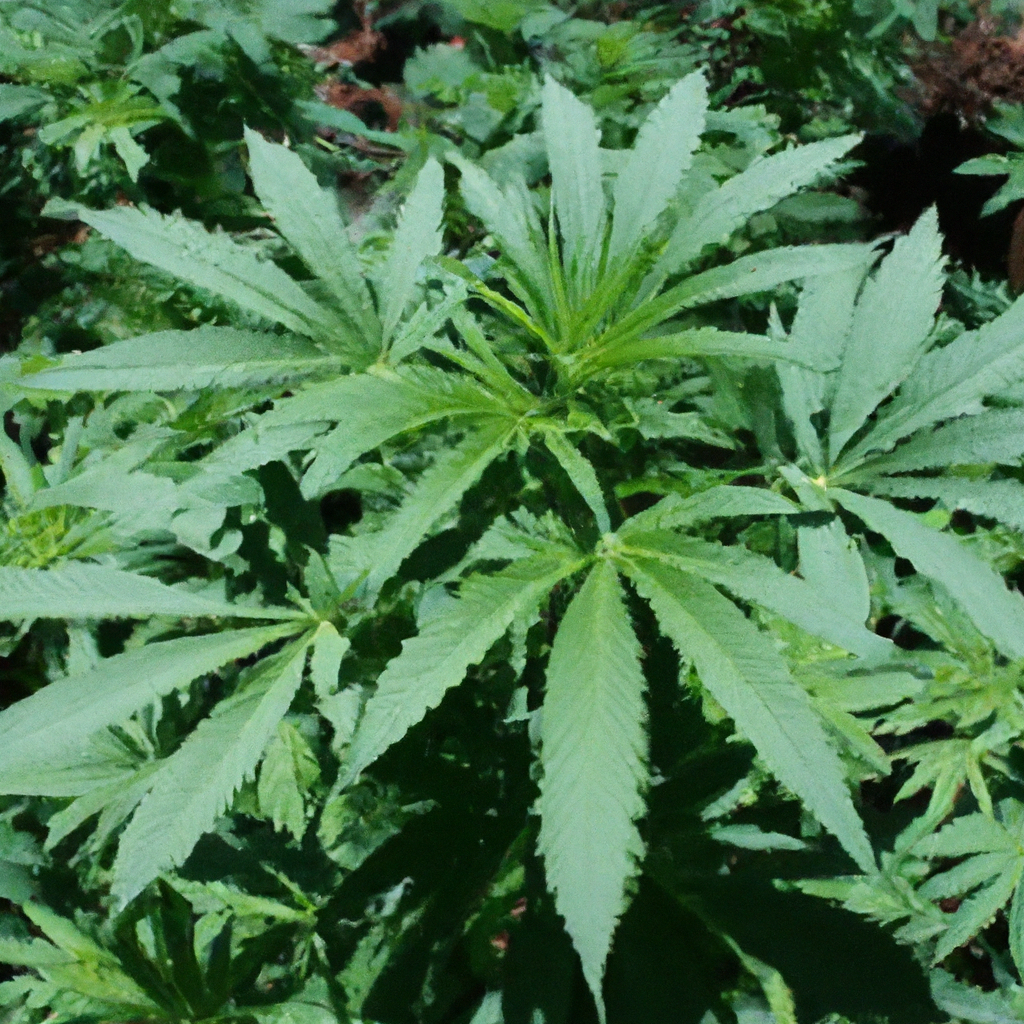
With a growing emphasis on sustainability, organic cannabis cultivation is gaining traction among eco-conscious growers. This approach eschews synthetic chemicals, focusing on building healthy soil ecosystems through composting, natural fertilizers, and companion planting. Sustainable pest control methods, such as using beneficial insects and neem oil, are emphasized to maintain biodiversity. The benefits are multifaceted, including…

Organic cannabis cultivation is an effective way to produce cannabis that benefits both the environment and consumers by using natural fertilizers and eco-friendly pest control. This guide explores best practices for enhancing soil health and promoting sustainable growth, emphasizing the use of compost, cover crops, and organic mulch to maintain a healthy soil ecosystem. Growers…
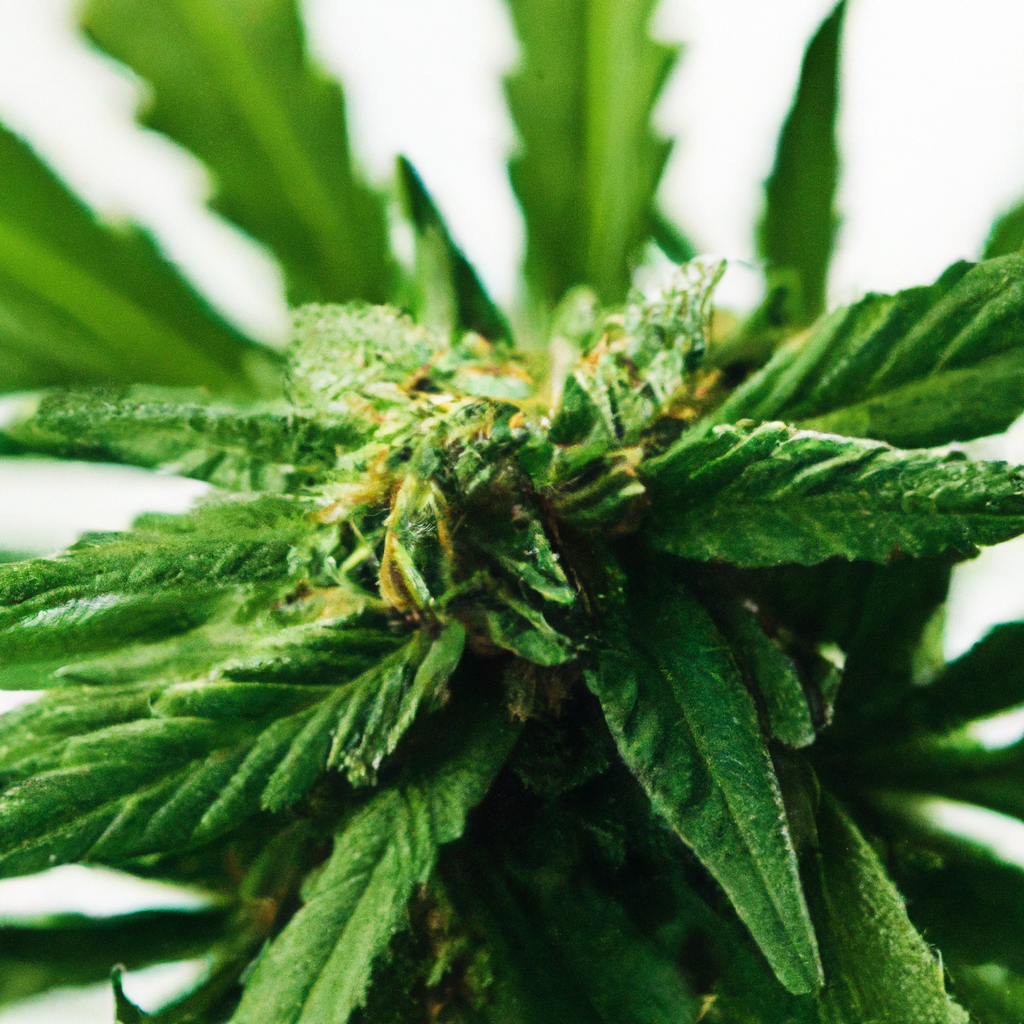
As the world confronts climate change and dwindling fossil fuels, cannabis emerges as an unexpected yet promising contender in sustainable energy production. The blog post highlights the potential of hemp as a biofuel, noting its high cellulose content, which can be converted into cellulosic ethanol—a cleaner alternative to traditional fuels. Hemp’s rapid growth, low water…
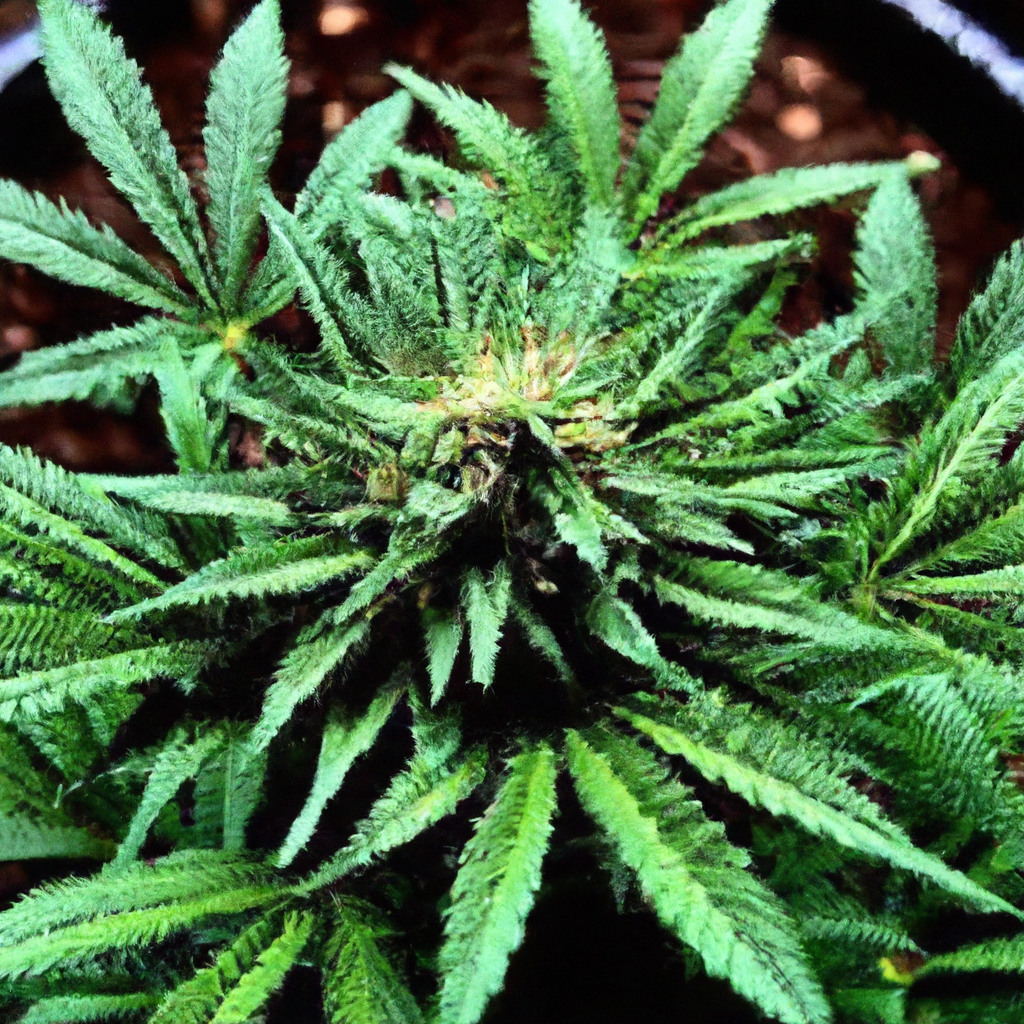
Companion planting is an ancient technique finding renewed interest in cannabis cultivation for its ability to naturally enhance growth, deter pests, and improve soil health. By strategically pairing plants like marigolds and basil with cannabis, growers can reduce reliance on synthetic fertilizers and pesticides, while boosting biodiversity. This practice not only offers pest control and…
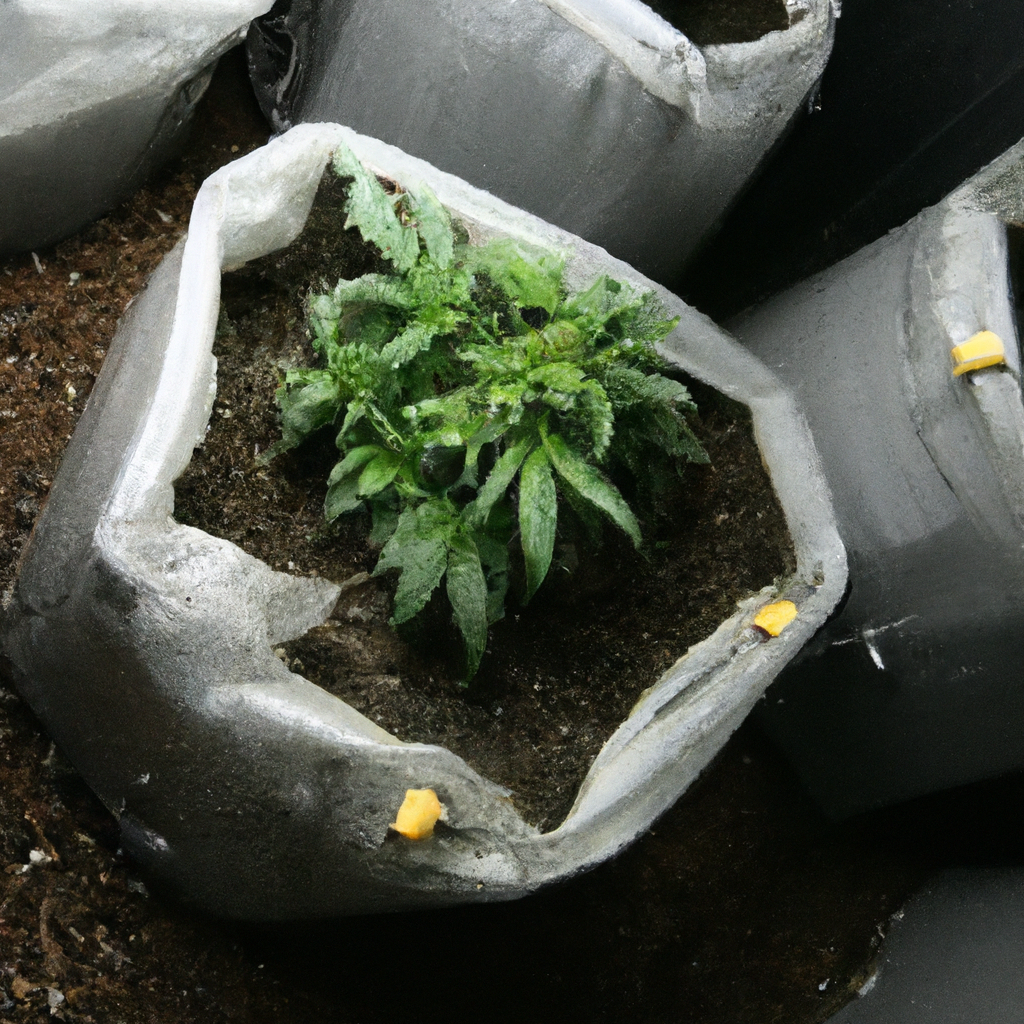
Growing cannabis to its full potential requires meticulous attention to effective drainage, which is crucial for preventing issues like nutrient imbalances and root rot. This article explores practical drainage solutions to enhance cannabis cultivation success, such as using perlite and vermiculite for improved aeration, smart container choices like fabric pots, and adding gravel layers for…
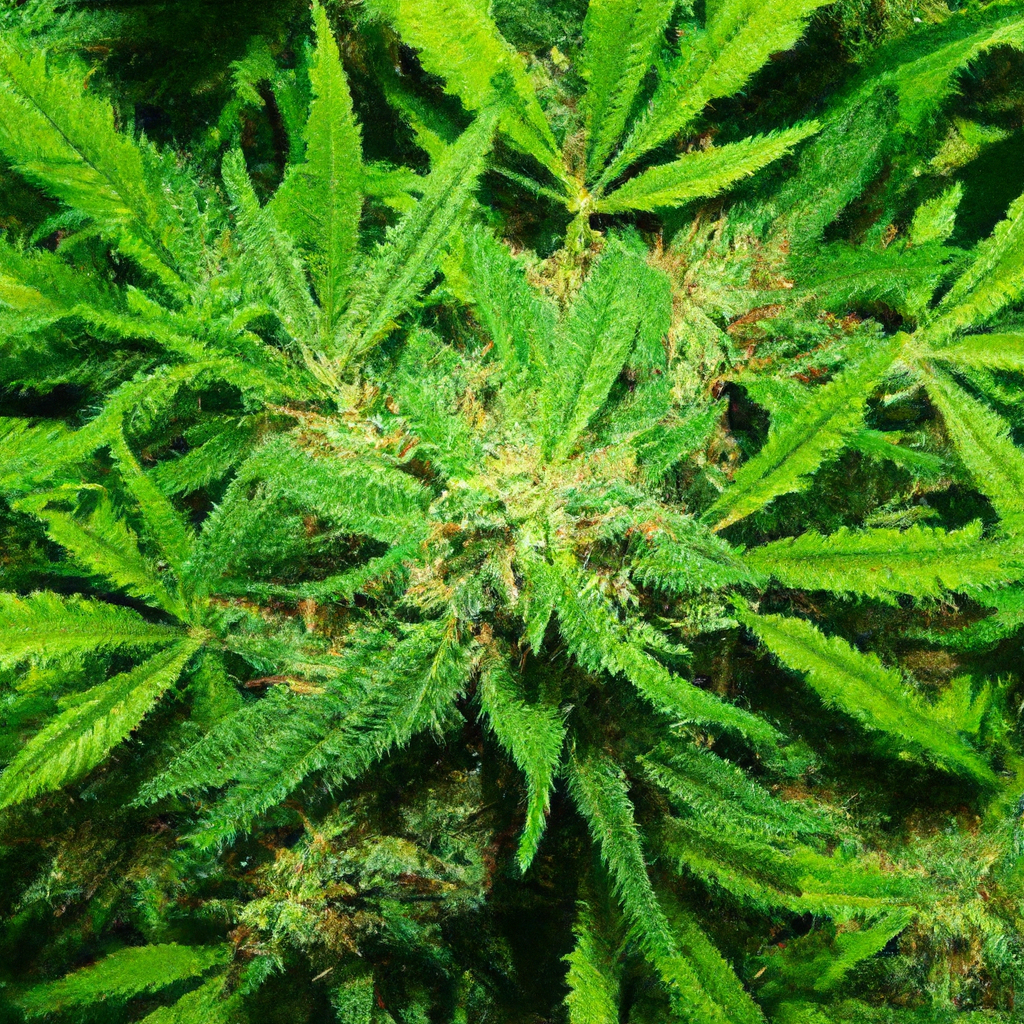
The world of cannabis cultivation is evolving as growers increasingly adopt scientific innovations to enhance crop yield and quality. One such innovation is the use of beneficial microbes, which improve plant health and support sustainable agriculture. These microbes assist in nutrient uptake, improve soil structure, suppress diseases, and reduce environmental impact. Properly introducing and managing…
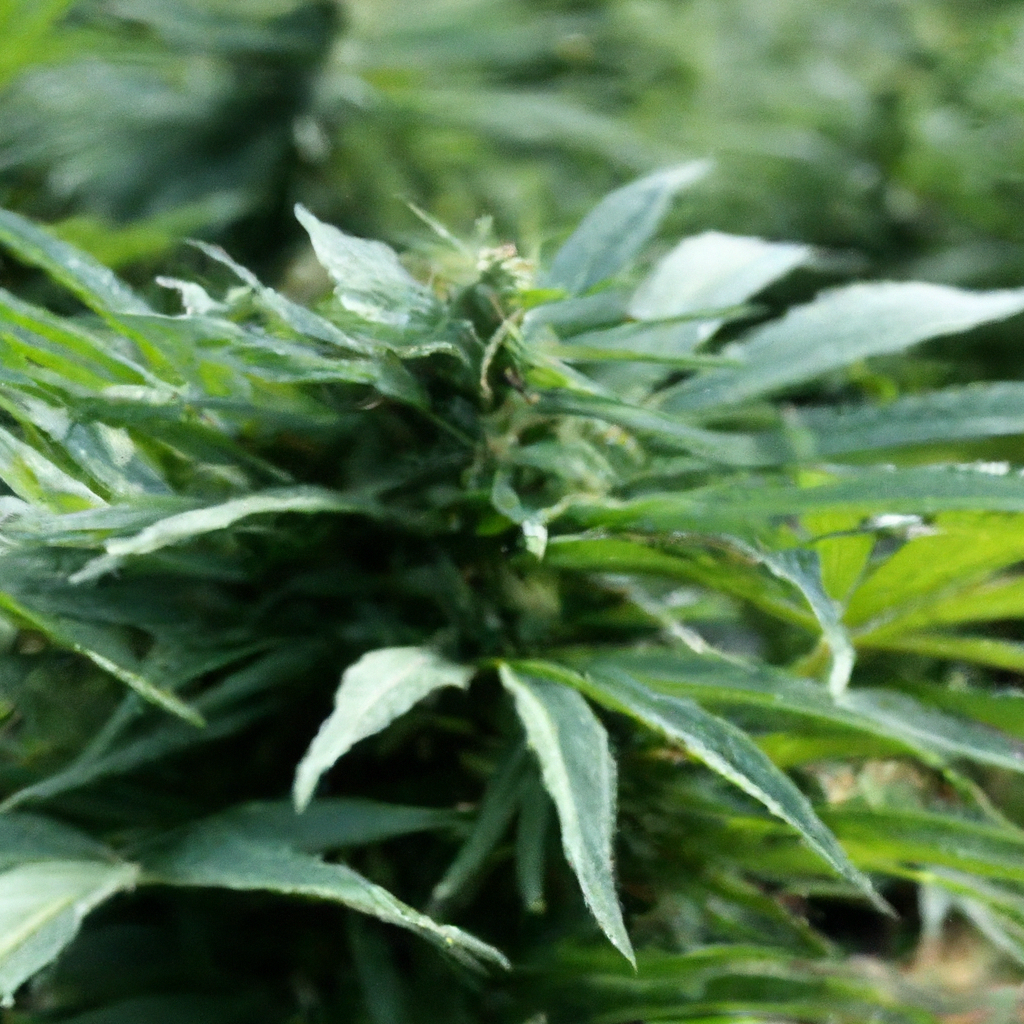
As industries increasingly adopt sustainable practices, the organic cultivation of cannabis emerges as a beneficial trend for the environment and consumers. Key practices include nurturing healthy soil with composting, cover crops, and mulching; using natural fertilizers like fish emulsion and bone meal; and employing organic pest control methods such as beneficial insects and neem oil.…
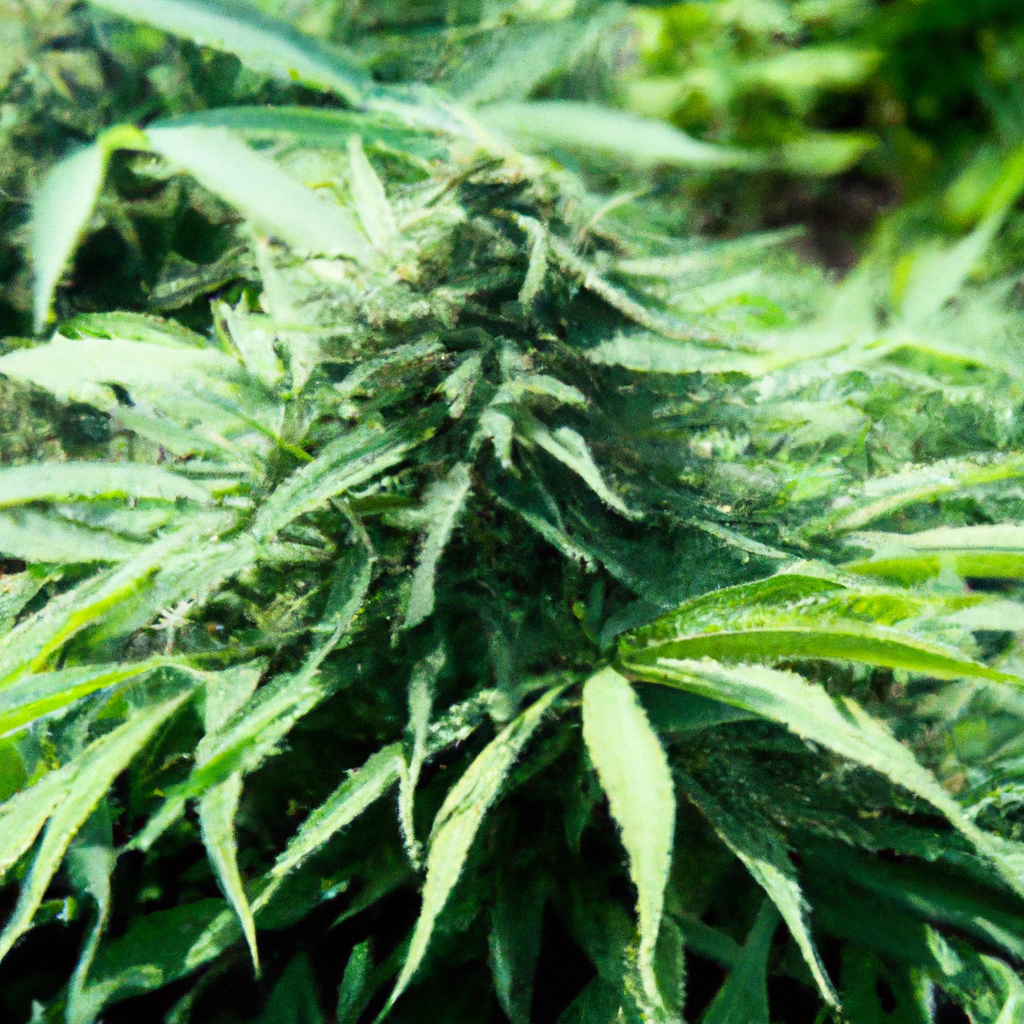
The cannabis industry is increasingly embracing organic cultivation due to its environmental and health benefits. Organic growing focuses on building a robust soil ecosystem with compost, mulch, natural amendments, and cover crops. It utilizes natural fertilizers like compost tea and fish emulsion, and employs natural pest control methods, including beneficial insects and companion planting. This…
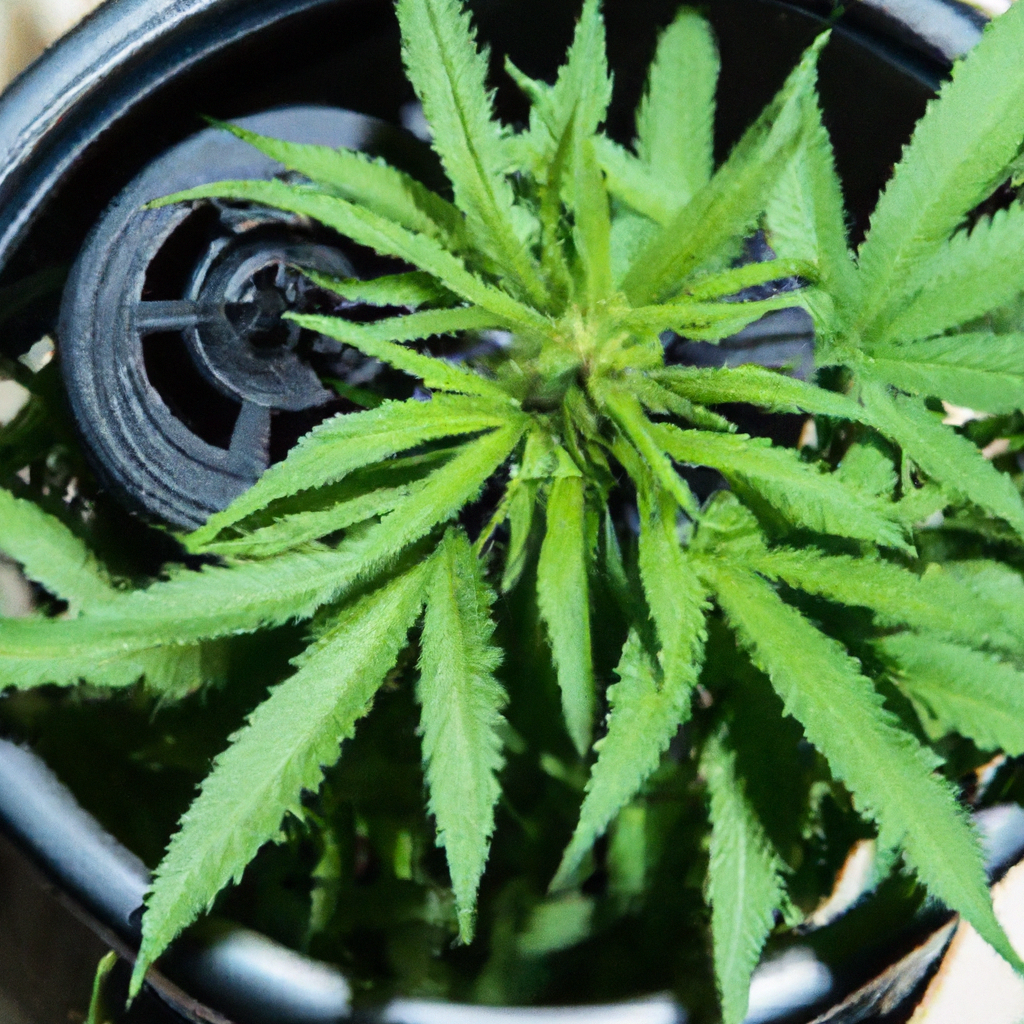
Effective air circulation is essential for optimal cannabis growth, as it promotes plant health and superior yields. Proper airflow helps prevent pests and mold, distributes carbon dioxide efficiently, and maintains ideal temperature and humidity. Key strategies include using oscillating fans, installing vents and exhausts, regulating canopy density through pruning, and maintaining cleanliness to minimize air-related…
